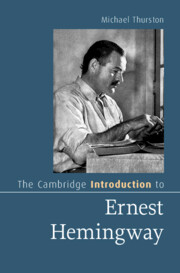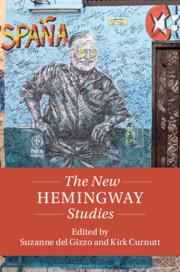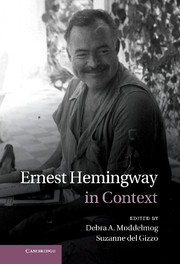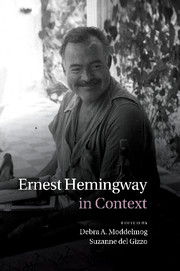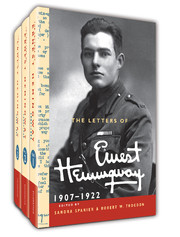The Cambridge Introduction to Ernest Hemingway
One hundred years after the publication of his first major work, Ernest Hemingway remains an important author. His work addressed the search for meaning in the wake of a 'Great War' and amid the challenges of rapidly changing social conventions, and his prose style has influenced generations of journalists and writers. Hemingway was wounded on the battlefield and caught up throughout his life in conflicting desires. He was also a deeply committed artist, a restless experimenter with the elements of narrative form and prose style. This book's detailed discussions, informed both by close formal analysis and by contemporary critical frameworks, tease out the complexity with which Hemingway depicted disabled characters and romantic relationships in changing historical and cultural contexts. This introduction is especially useful for students and teachers in literary studies and modernism.
- Includes close readings of classic, frequently taught texts, as well as overviews of Hemingway's journalism
- Updates Hemingway by linking his work to contemporary discussions of race, gender/sexuality, and disability
- Presents the complexity of the author and his work, showing how successful and unsuccessful work emerge from similar commitments
Product details
September 2025Hardback
9781009422710
240 pages
228 × 152 mm
Not yet published - available from September 2025
Table of Contents
- 1. Life
- 2. Contexts
- 3. Crafting a style: In Our Time and The Sun Also Rises
- 4. Consolidating a career: Men without Women and A Farewell to Arms
- 5. Men and beasts: fiction and non-fiction of the 1930s (Death in the Afternoon, Green Hills of Africa, Winner Take Nothing, To Have and Have Not
- 6. Men (and women) at war: The Fifth Column, For Whom the Bell Tolls, Across the River and into the Trees
- 7: Last and posthumous works: The Old Man and the Sea, A Moveable Feast, 'The Dangerous Summer,' Islands in the Stream, and Garden of Eden
- 8. Reception.

